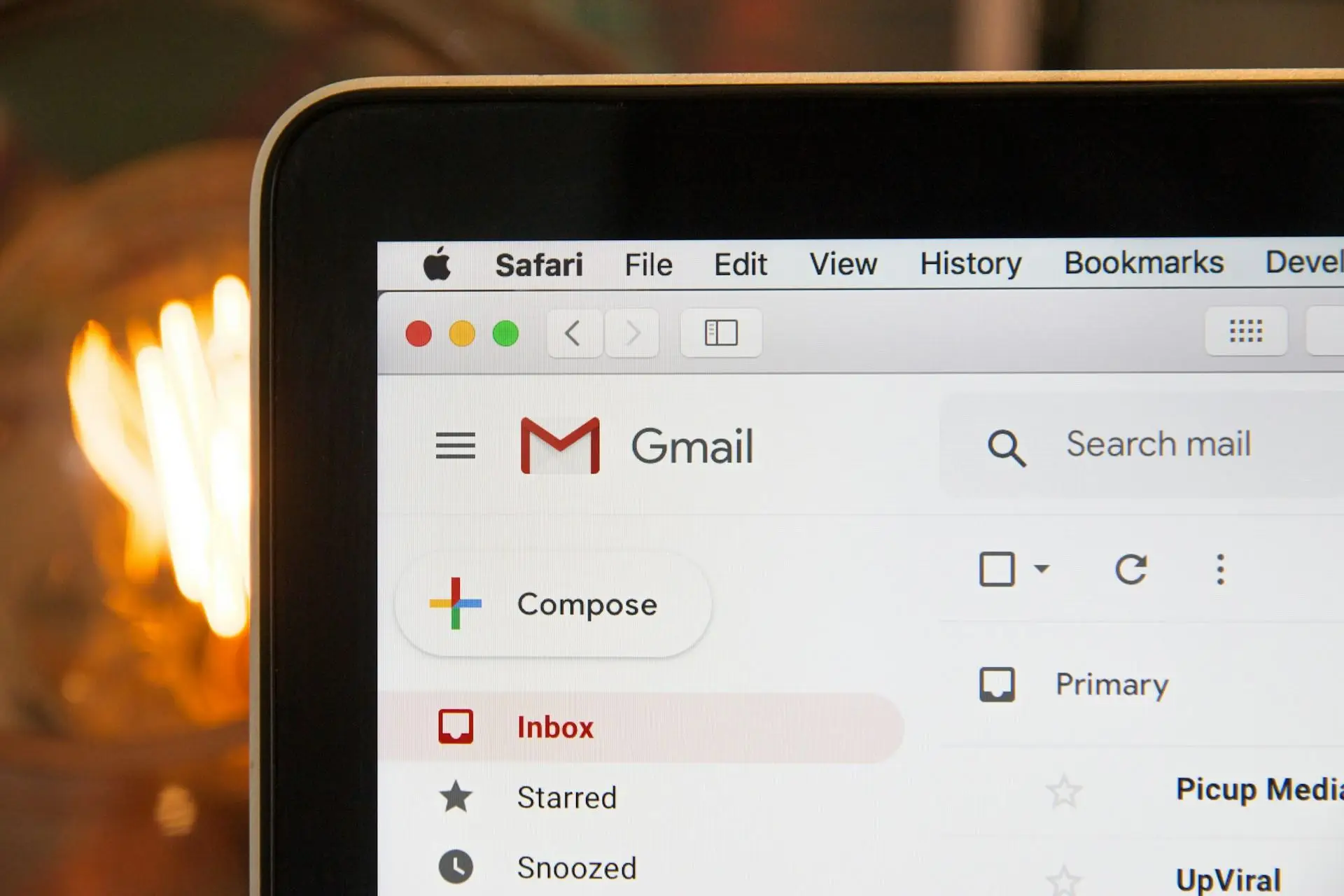Unlocking the Secrets to High-Converting Email Campaigns
Email marketing remains one of the most powerful tools in a marketer's arsenal, but the key to success lies in creating campaigns that not only capture attention but also convert. In this guide, we'll dive into the strategies and best practices that can help you craft email campaigns that truly deliver results.
Know Your Audience: The Foundation of Effective Email Marketing
Before you even think about crafting your email content, it's crucial to understand who your audience is. This involves segmenting your email list based on different criteria such as demographics, purchase history, or engagement levels. By creating detailed buyer personas, you can tailor your content to meet the specific needs and interests of each segment.
Segmenting your audience allows you to send more targeted and relevant emails, which in turn can lead to higher open rates and conversions. Personalization is key in today's crowded inboxes, and understanding your audience is the first step toward achieving it.
The Power of the Subject Line: Your First Impression Matters
The subject line is often the first thing your audience sees, and it can make or break your email campaign. A compelling subject line is essential for getting your email opened. To create subject lines that grab attention, consider using action verbs, posing questions, or including numbers or lists that suggest valuable content.
It's also important to test different subject lines through A/B testing. This allows you to see which ones resonate most with your audience and optimize your future campaigns accordingly. Remember, a great subject line can significantly increase your email open rates, setting the stage for a successful campaign.
Crafting Content That Captivates and Converts
Once your email is opened, the content must deliver on the promise of the subject line. The structure of your email should be clear and easy to follow, with a balance of text and visuals that keeps the reader engaged. Start with a strong opening that captures attention, followed by concise, value-driven content that speaks directly to your audience's needs.
Personalization goes beyond just using the recipient's name; it involves tailoring the content to their specific interests and behaviors. Use dynamic content blocks to show different content to different segments of your audience. Engaging and relevant content is the heart of a converting email campaign.
Designing for the Mobile-First World
With more people checking their emails on mobile devices than ever before, ensuring your emails are mobile-friendly is no longer optional—it's essential. Emails that are difficult to read or navigate on mobile devices are likely to be deleted or ignored.
To optimize for mobile, use responsive design techniques that automatically adjust the layout of your email based on the device it's being viewed on. Keep your text concise, use larger fonts, and ensure that buttons and links are easily clickable on smaller screens. Mobile optimization is key to maximizing your email campaign's reach and effectiveness.
Calls to Action: Turning Engagement Into Conversions
The Call to Action (CTA) is where all your efforts culminate. A clear and compelling CTA is crucial for driving conversions. Whether you're asking your audience to make a purchase, sign up for a webinar, or download a resource, your CTA should stand out and be easy to act on.
Place your CTA strategically within your email content, making sure it's visible without requiring too much scrolling. Experiment with different wording, colors, and placement to see what works best for your audience. Your CTA should be the most attention-grabbing element of your email, guiding your audience toward the desired action.
Automating for Efficiency and Effectiveness
Automation can significantly enhance the effectiveness of your email campaigns while saving you time. Automated email sequences, such as welcome series or abandoned cart reminders, keep your audience engaged without requiring constant manual intervention.
There are numerous tools available to help you set up automated campaigns tailored to specific triggers or behaviors. By automating your campaigns, you can ensure that your audience receives timely, relevant emails that keep them engaged and moving down the funnel. Automation is a game-changer for scaling your email marketing efforts.
Measuring Success: Analyzing and Optimizing Your Campaigns
To continuously improve your email marketing efforts, you need to track and analyze key metrics. Open rates, click-through rates, and conversion rates are all essential indicators of your campaign's performance.
Use these insights to refine your strategies, whether it's adjusting your content, tweaking your CTAs, or re-segmenting your audience. Data-driven decisions are the foundation of successful email marketing, enabling you to optimize your campaigns for better results over time.
Navigating the Legal Landscape: Compliance and Best Practices
As you craft your email campaigns, it's important to be aware of the legal requirements that govern email marketing. Compliance with regulations like GDPR and the CAN-SPAM Act is not just about avoiding penalties—it's about building trust with your audience.
Make sure you're obtaining explicit consent before adding recipients to your email list and providing easy options for unsubscribing. Keeping your email list clean and compliant ensures that your emails reach engaged recipients and fosters a positive brand image. Adhering to legal standards is essential for long-term email marketing success.
Final Thoughts: Start Crafting Campaigns That Convert
Creating email campaigns that convert requires a combination of understanding your audience, crafting compelling content, and continuously optimizing your approach. By applying the strategies discussed in this guide, you can enhance your email marketing efforts and achieve higher engagement and conversion rates. Now is the time to put these tips into action and watch your email campaigns drive real results.




